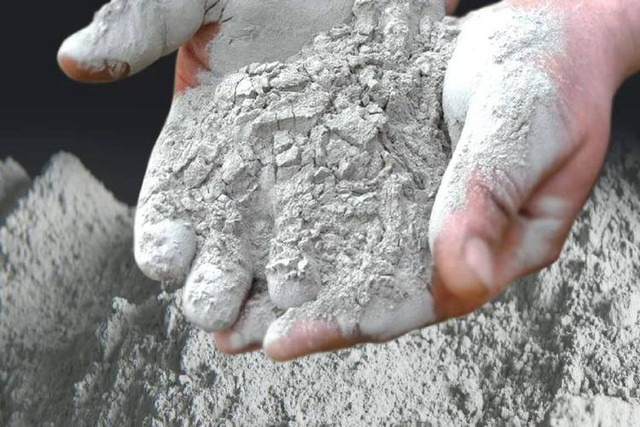Concrete is one of the most popular building materials in the world. You can use it to build everything from sidewalks to skyscrapers. One of the ques
Concrete is one of the most popular building materials in the world. You can use it to build everything from sidewalks to skyscrapers. One of the questions that people often ask about is how long it takes for concrete to set.
The answer to that question depends on a variety of factors, including the type of concrete and the weather conditions. In general, however, it will take between 24 and 48 hours for the concrete to set completely.
Concrete is a mixture of Portland cement, aggregate (sand and gravel), water, and air. The air temperature entrapped in the concrete becomes gas bubbles as the concrete cures.
The size and distribution of the gas bubbles affect the strength, density, and appearance of the cured concrete.
The time it takes for concrete to set depends on the temperature and high humidity of the environment, the mix design, and the size and distribution of the aggregates.
In general, concrete will reach 90% of its finished product strength in 28 days.
Setting Time for Concrete
Concrete setting time is an important part of the concrete casting process. When do you know it’s ready to move on? How long does it take for concrete to set?
Concrete sets through a chemical reaction called hydration. This reaction begins when water and cement come into contact, and it progresses until the entire mix has hardened.
The speed of hydration depends on many major factors, including the type and quality of cement, the mix proportions, the right temperature, and the presence or absence of reinforcement.
In general, concrete takes about 28 days to harden fully. However, you can use it safely after about 14 days.
Early maximum strength is usually not as high as that of dry concrete that has fully hardened, but it is adequate for many applications.
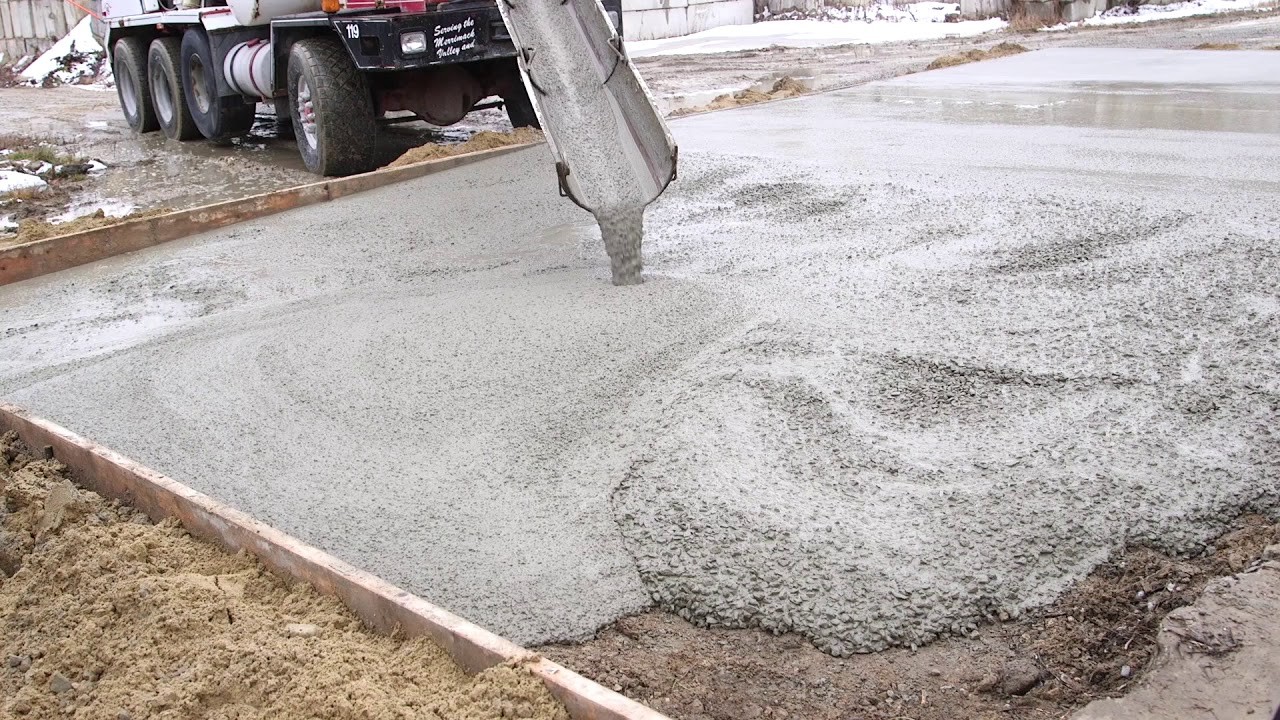
Types of Concrete
There are various types of concrete, categorized by their ingredients and intended applications.
Portland Cement
Portland is the most common type of concrete, accounting for about 90% of all concrete produced. It is a basic ingredient in the manufacture of concrete and mortar and you can produce it from limestone, clay, or shale.
You can make it by heating these materials in a kiln to a temperature of 1,450 degrees Fahrenheit (800 degrees Celsius) and then grinding them into a fine powder. It is a mixture of silica, alumina, and iron oxide.
When mixed with water, it forms a paste that hardens over time to form a solid mass. This type of concrete works for general construction purposes.
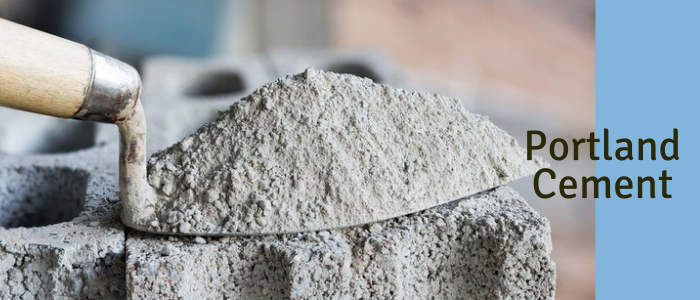
Concrete from Fly Ash
Concrete comes from a variety of materials that combine to form a hard, durable concrete surface. The most common type of concrete comes from cement, water, and aggregate.
You can use fly ash as an ingredient in concrete to improve its properties.
Fly ash is a by-product of coal-fired power plants. It is a fine powder that is produced when coal burns.
When added to concrete, fly ash can increase its overall strength and durability. It can also reduce the amount of cement needed to produce concrete, which reduces the cost of the concrete and the environmental impact of producing it.
The use of fly ash in concrete has been increasing in recent years as more power plants have switched to using low-sulfur coal.
It has created a surplus of fly ash, which has led to increased use of fly ash in all types of concrete projects.
Fly ash is a waste product from coal-fired power plants. You can get it by combining lime and water to make a cementitious material that you can use in place of Portland in some applications.
It is less brittle than regular Portland concrete and has better thermal insulation properties.
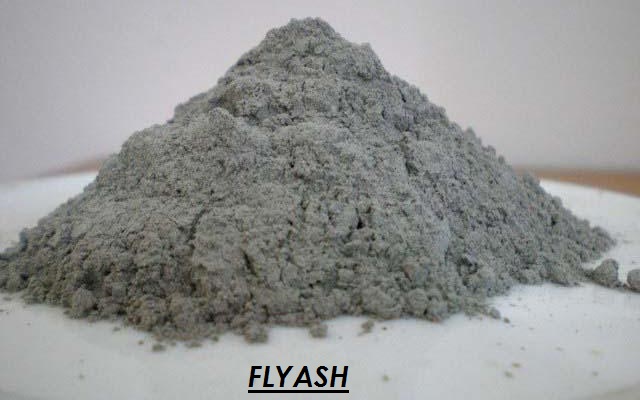
Roller-Compacted Concrete (RCC)
Roller-compacted concrete (RCC) is a type of dense-graded concrete that comes by rolling the material in place with heavy equipment. It produces very high-density concrete that is ideal for use in pavement applications.
Because the concrete is dense, it resists wear and tear and provides a smooth, consistent surface of the concrete. RCC can also create strong, durable foundations and retaining walls.
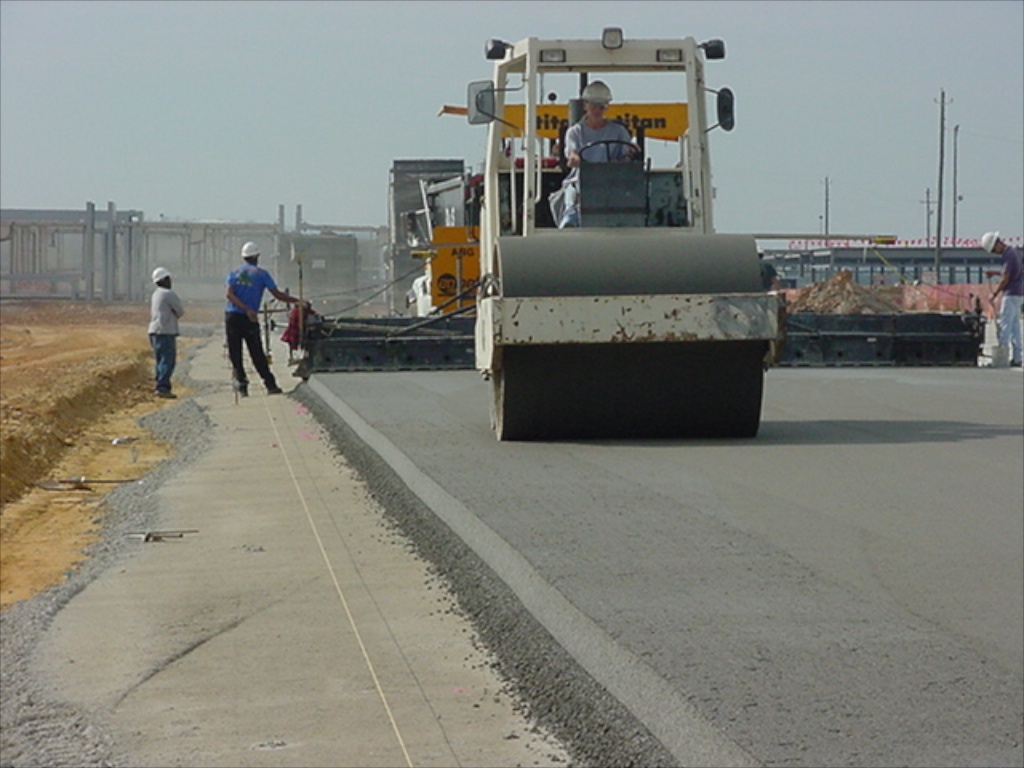
5 Factors that Affect Set Time of Concrete
Concrete is a mixture of cement, water, aggregate (sand and gravel), and admixtures. The time it takes for fresh concrete to harden enough to support vehicle traffic is called the “set time.” The main factors that affect concrete to set are:
1. Type of Cement
There are many different types of cement on the market, and each type has a unique set time. The type of cement you use will affect the concrete to set because it determines how much water the will absorb.
If you use a type of cement that absorbs more water, it will take longer for the concrete to set.
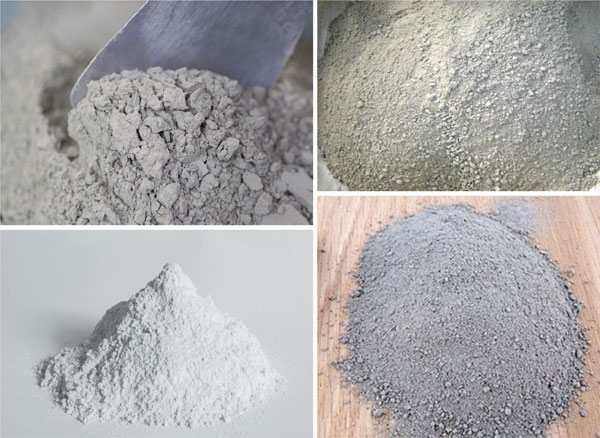
2. Amount of Water
Water is one of the most important ingredients in making concrete. The more water present in the mixture, the faster the concrete to set will be.
It is because water helps to activate the concrete and start the chemical reaction that hardens the concrete.
However, it is important not to add too much water, as this can cause the concrete to be weak and prone to cracking. The more water present in the mixture, the faster the set time will be.
A low water-cement ratio gives a high compressive strength; however, it takes longer for the concrete to harden.
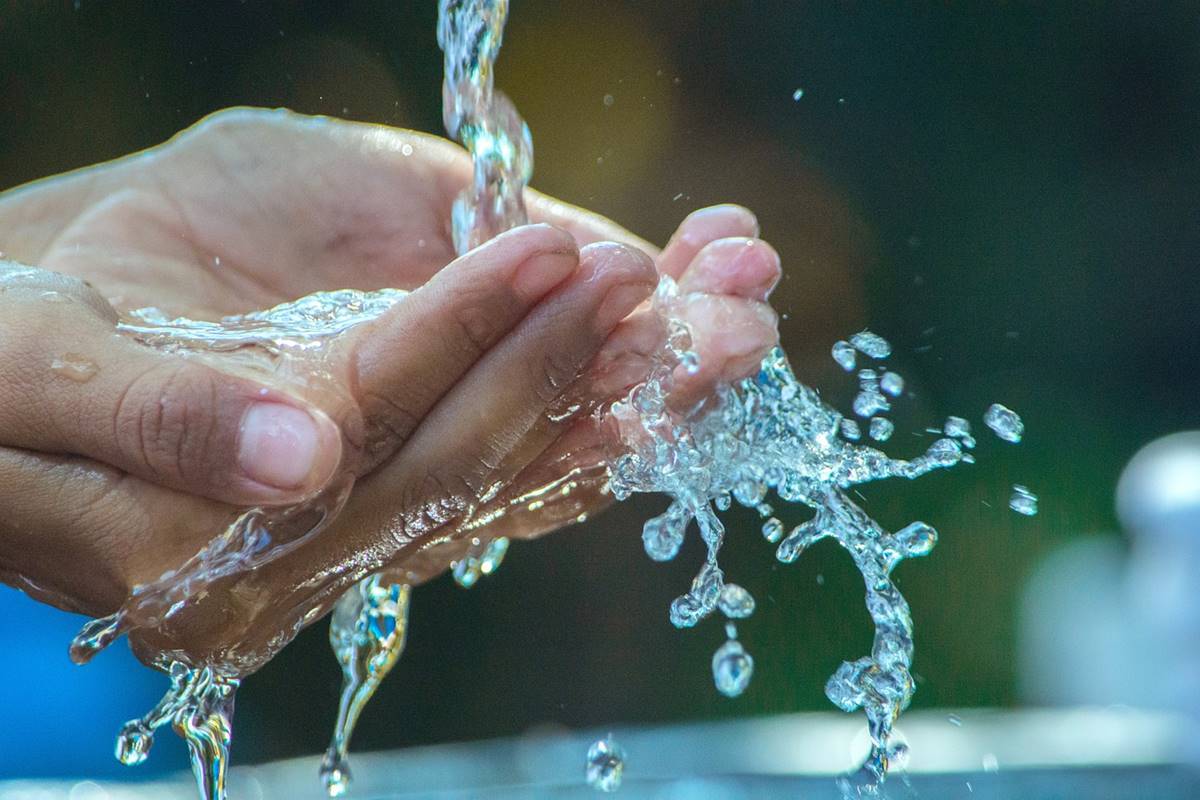
3. Aggregate Type
There are many factors that affect the time for concrete to set. The size and type of aggregate are one factor. A larger aggregate takes longer to hydrate than a smaller aggregate.
The amount of water in the mix is also important. More water will cause the concrete to set more quickly. The type of cement and the weather can also affect set time.
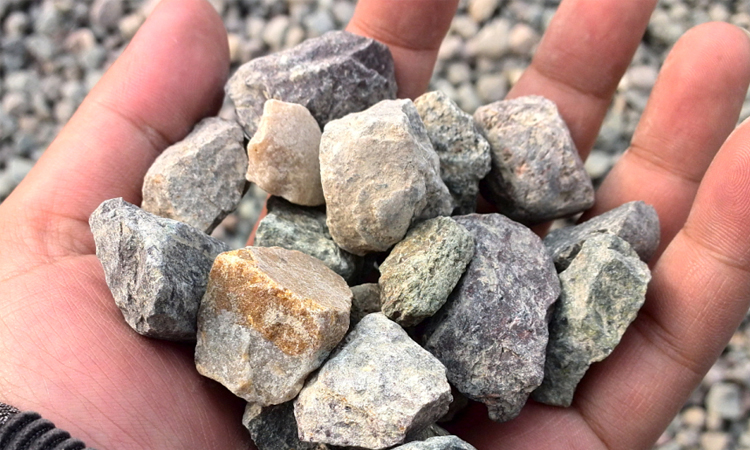
4. Paste Type
The paste type is a significant factor that affects the time for concrete to set. The paste type determines the amount of water absorbed during hydration. It, in turn, affects the full strength and durability of the concrete.
It also affects the strength of the concrete when cured. When more water mixes with the cement, the weaker the concrete will be after it has cured.
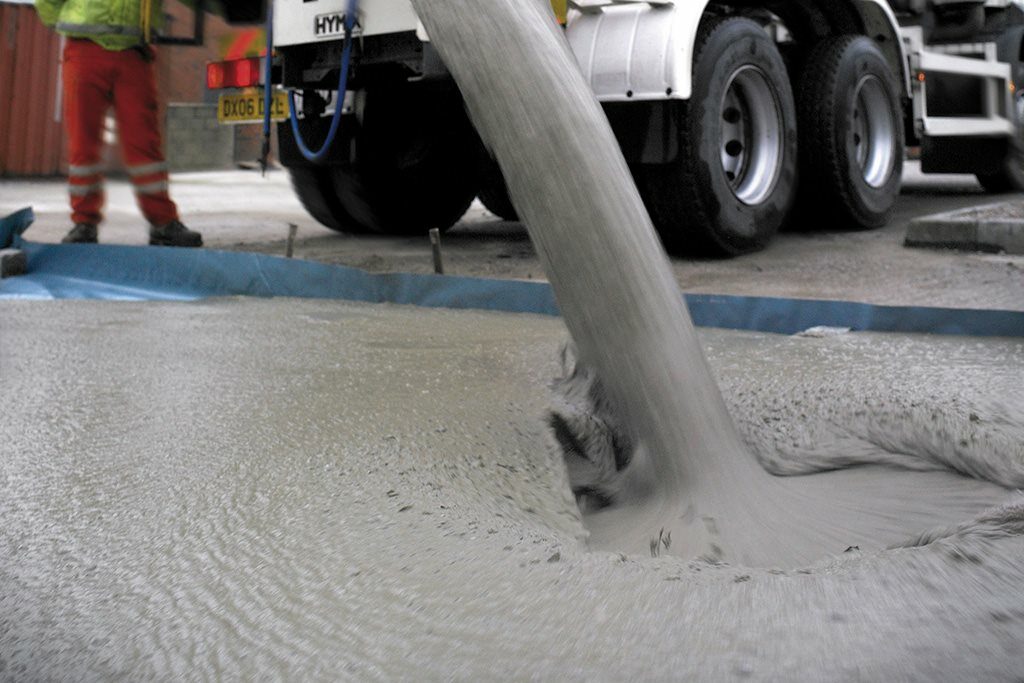
5. Hydration of Water
Many factors affect the rate at which the water mixes with the cement. The most important factor is the type of cement you use. Portland, for example, takes longer to hydrate than other types of cement.
Water temperature also affects how quickly the concrete sets. Hot weather can cause the concrete to set too quickly, while cold weather can slow down the curing process.
Another factor that affects curing time is the ratio of water to cement. A higher ratio will result in a slower set time.
How to Speed Up the Process of Concrete Curing and Setting
There are a few ways to speed up the hardening process of setting concrete. The best way is to add an accelerator to the mix. It will help the set faster.
Another way is to use a higher temperature when mixing the cement. It will also help it set faster.
Finally, you can add a retarder to the mix. It will slow down the chemical process, but it can be useful if you need more time to hard work.
There are a few ways to speed up the process of setting cement. One way is to add an accelerator to the mix. It will help to set faster.
Another way is to use a higher temperature when mixing.
It will also help it set faster. Finally, you can add a retarder to the mix. It will slow down the setting process, but it can be useful if you need more time to work with the cement.
FAQS
How long do 4 inches of concrete take to cure?
Curing concrete is the process of allowing drying process and hardening. The length of time it takes for concrete to cure depends on its thickness.
A four-inch new slab of concrete will take about 28 days to cure completely. However, you can use it after curing for seven days.
How long should I leave the concrete to set?
There is no definitive answer to how long you should leave the concrete to set. The setting time for concrete depends on a variety of factors, including the ingredients used, the weather, and the size and thickness of the new concrete slab.
In general, though, concrete will take about 24 hours to set fully. You can walk on it after about 12 hours, but it’s best to avoid foot traffic until it has fully hardened.
Is it OK if it rains on new concrete?
Yes, it is OK if it rains on new concrete. In fact, you should expect some rain in the first week after the concrete pour.
Concrete needs to be cured, and that process happens best when we expose it to moisture content.
Conclusion
In conclusion, it takes concrete anywhere from 24 to 72 hours to initial set. The key to ensuring that your long concrete sets properly is to use the correct ratio of water to cement and to make sure that the concrete is mixed and poured correctly.
By following these tips, you can ensure that your concrete sets properly and lasts for years to come.
